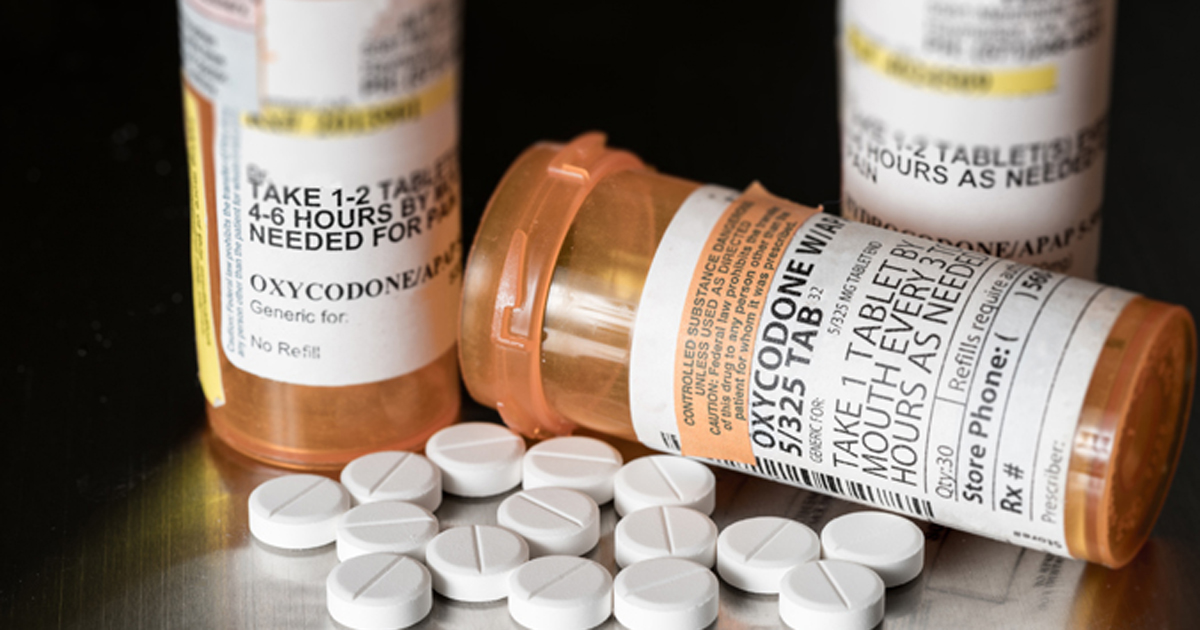Increased access to medication, prevention interventions vital to combat opioid crisis

Strategies that expand access to medication for opioid use disorder and improve treatment retention are critical to address the opioid crisis, researchers from the National Institute on Drug Abuse wrote in a review published in JAMA Psychiatry.
Improving opioid prescription practices for pain management is no longer enough to combat the epidemic, according to the authors.
“The current opioid crisis, which is currently claiming 130 American lives daily, is one of the most urgent public health crises of our time. Nora D. Volkow, MD, director of NIDA, told Healio.com/Psychiatry.
“It is also one of the most complex [crises], since it began — and for a subset of affected individuals, still begins — with the use of medications having legitimate medical use in treating pain,” she continued. “I felt it was important to review the current state of what we know about opioid addiction, including its neurobiology and which available approaches are effective to prevent and treat it, to serve as a resource for psychiatrists who increasingly find themselves on the front lines of addressing this serious and complex disorder.”
In their review, the authors examined the factors that triggered the opioid crisis and its evolution over the past 2 decades, as well as the approaches used to manage, prevent and treat opioid use disorder (OUD).

Epidemiology of the crisis
Initially, the opioid crisis began due to overprescription of opioid analgesics to treat pain, the authors explained. In the early 2000s, some people addicted to prescription opioids began transitioning to a cheaper, more accessible alternative: heroin. This transition to heroin contributed to the rise in opioid-related deaths and was further worsened by the addition of fentanyl.
The review showed that the percentage of new opioid users initiating drug use with heroin rose from 8.7% to 33.3% between 2005 and 2015. In 2016, nearly 11 million U.S. adults misused opioids in the past year. In addition, fentanyl and other synthetic opioids accounted for more overdose deaths than prescription opioids or heroin by the same year.
“In the last few years, several measures have been taken to improve pain management and reduce the excess availability of opioid medications, but because the crisis has rapidly morphed to include predominantly illicit drugs like heroin and fentanyl, such measures can only do so much,” Volkow told Healio.com/Psychiatry.
Physical dependence on opioids — which manifests when withdrawal symptoms emerge after the abrupt discontinuation, or sometimes tapering, of opioids after long-term administration — differs from addiction, Volkow and colleagues explained. The term dependence is often used to connote addiction, leading to patient and clinician misunderstanding regarding the correct use of these medications and regarding the risk for addiction when using opioids for pain. Addiction, however, occurs in a smaller subset of opioid users and develops gradually.
“Addiction to opioids (or other drugs) involves molecular processes associated with learning, which help consolidate automatic behaviors in response to the drug and the stimuli associated with the drug; this is referred to as conditioning,” Volkow and colleagues wrote in the study. “People can become conditioned to opioids because of their rewarding effects or because of their relief of pain, withdrawal symptoms, or dysphoria. With repeated exposures, conditioning is strengthened, energizing the desire and motivation to consume the drug.”
Volkow and colleagues explained that changes to certain circuits in the brain correspond to the sequential stages of binge or intoxication, withdrawal and craving, which persist even after drug use discontinuation in people addicted to opioids. Therefore, treating opioid addiction requires continuous care to achieve recovery, they wrote.
Prevention, treatment
To cut prescription opioid misuse, Volkow and colleagues advised reducing inappropriate prescribing, considering prescription drug monitoring programs and developing new, safer pain medications and abuse-deterrent formulations of existing opioid medications.
It’s also important to focus on prevention strategies that implement evidence-based prevention interventions for substance use disorders in family, school and/or community settings. They wrote that beginning universal prevention interventions in childhood and adolescence can lead to decreases in later drug use. For long-term prevention, they also discussed the importance of strategies that educate all citizens and offer access to sustainable work opportunities. In addition, expanding access to medications for OUD in criminal justice settings is essential, according to the review.

Three FDA-approved medications exist for the treatment of OUD: methadone, buprenorphine and extended-release naltrexone. However, stigma toward methadone and buprenorphine has limited their use. Although emerging evidence supports extended-release naltrexone for OUD, few studies have reported its effectiveness.
“Preventing opioid misuse and increasing the use of effective medications to treat opioid use disorder (buprenorphine, methadone, and naltrexone) are absolutely crucial if we are to reduce the number of lives lost, as is widening the availability of naloxone to reverse overdoses,” Volkow said.
To reverse the opioid epidemic, Volkow and colleagues emphasized the importance of:
- improving treatments for pain and opioid prescription practices;
- expanding access to OUD medications;
- increasing availability of naloxone;
- developing models to help patients who overdose get treatment for OUD; and
- furthering prevention focused on opioid misuse-related risk factors.
“With other diseases, the case for increased prevention and wider use of effective treatment tools might seem obvious, but decades of stigma and misunderstanding around addiction, and a health care system historically unwilling to address people with substance use disorders, have left physicians feeling unprepared and facing a steep learning curve,” Volkow told Healio.com/Psychiatry. – by Savannah Demko
Disclosure: The authors report no relevant financial disclosures.

